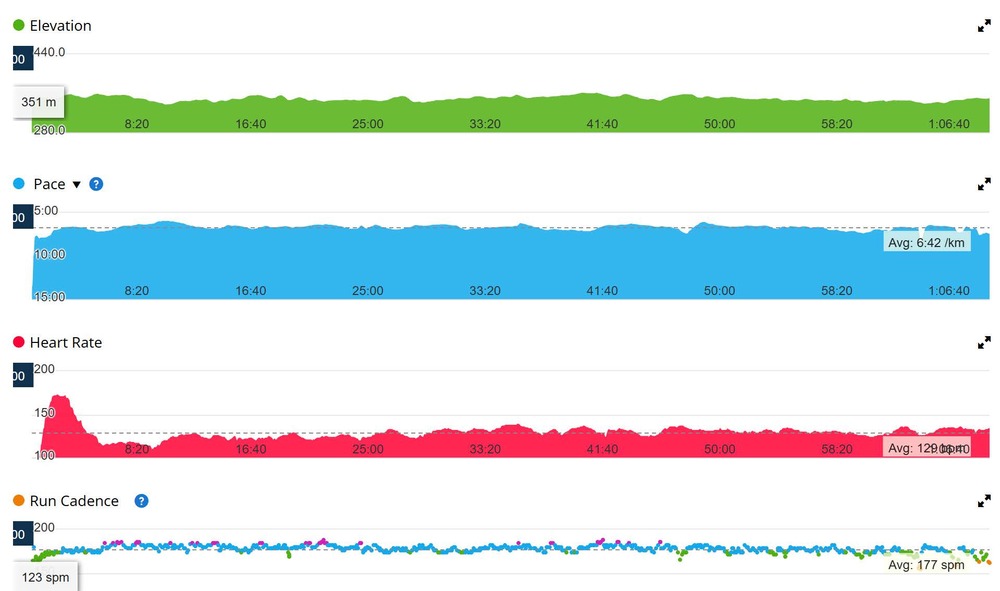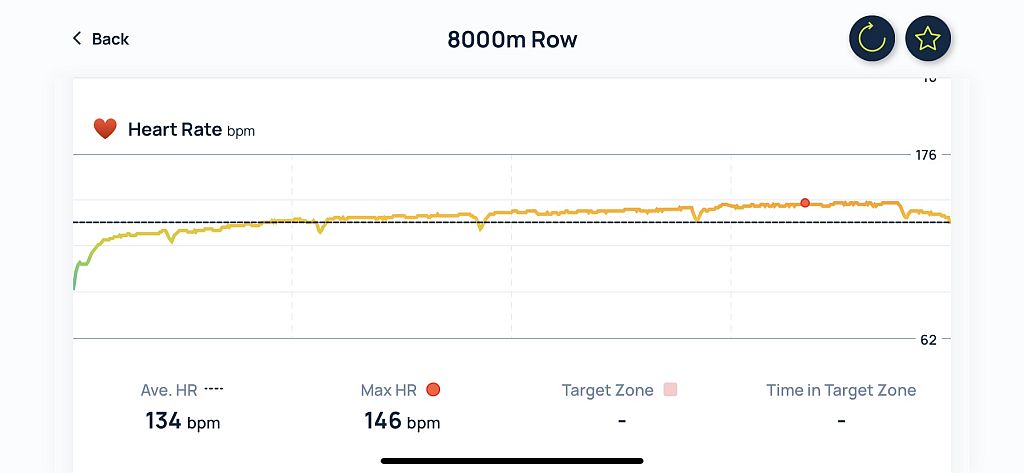Carl Watts wrote: ↑June 1st, 2025, 8:14 pm
One of the eventual problems with the straps is the Carbon conductor pads age with time and use. You can test the pads with a Muiltimeter on Ohms and the resistance of the pad should be around 100 to 200 Ohms per centimetre when new.
Nice. I have the original failed belt and a failed replacement and a currently working polar pro belt all for polar H10. Tape measure I used was imperial only, but 3/8 is about 1 cm. Measured on the non-fabric pad on the back. Cheap auto range etekcity multimeter. Mine seem to be getting lower resistance over time, not higher. I may not be poking hard enough to get a good reading -- none of these are near 100 ohms.
Ancient original belt: 60-75 MΩ at 3/8 inch.
failed replacement belt: 300-500 MΩ at 3/8 inch.
currently working belt: 300-500 MΩ at 3/8 inch.
Carl Watts wrote: ↑June 1st, 2025, 8:14 pm
The straps with a removable sensor are the best, the last generation Garmin is great because the straps are as cheap as chips on AliExpress and you just unclip the sensor and throw the strap in the bin after 2 or 3 years.
FYI, DCRAINMAKER does some great wearables content. His solution for Garmin HR monitor dropouts is to use POLAR belts with Garmin HR modules. Go figure, surprised this worked. I suspect a new garmin belt would have fixed the problem too.
https://www.dcrainmaker.com/2010/08/sol ... pikes.html
Carl Watts wrote: ↑June 1st, 2025, 8:14 pm
A tip for Garmin if you are reading this, get rid of the CR2032 battery and design it to take the CR2450..
Polar H10 is a CR 2025 battery although people do accidently or intentionally stuff CR 2032 in them.
Decoding the CR 2032 battery number...
C = lithium
R = Round
20 = diameter of battery in mm
32 = height of battery in 1/10 of mm
So CR2450 is 4 mm larger diameter and 1.8 mm higher.


